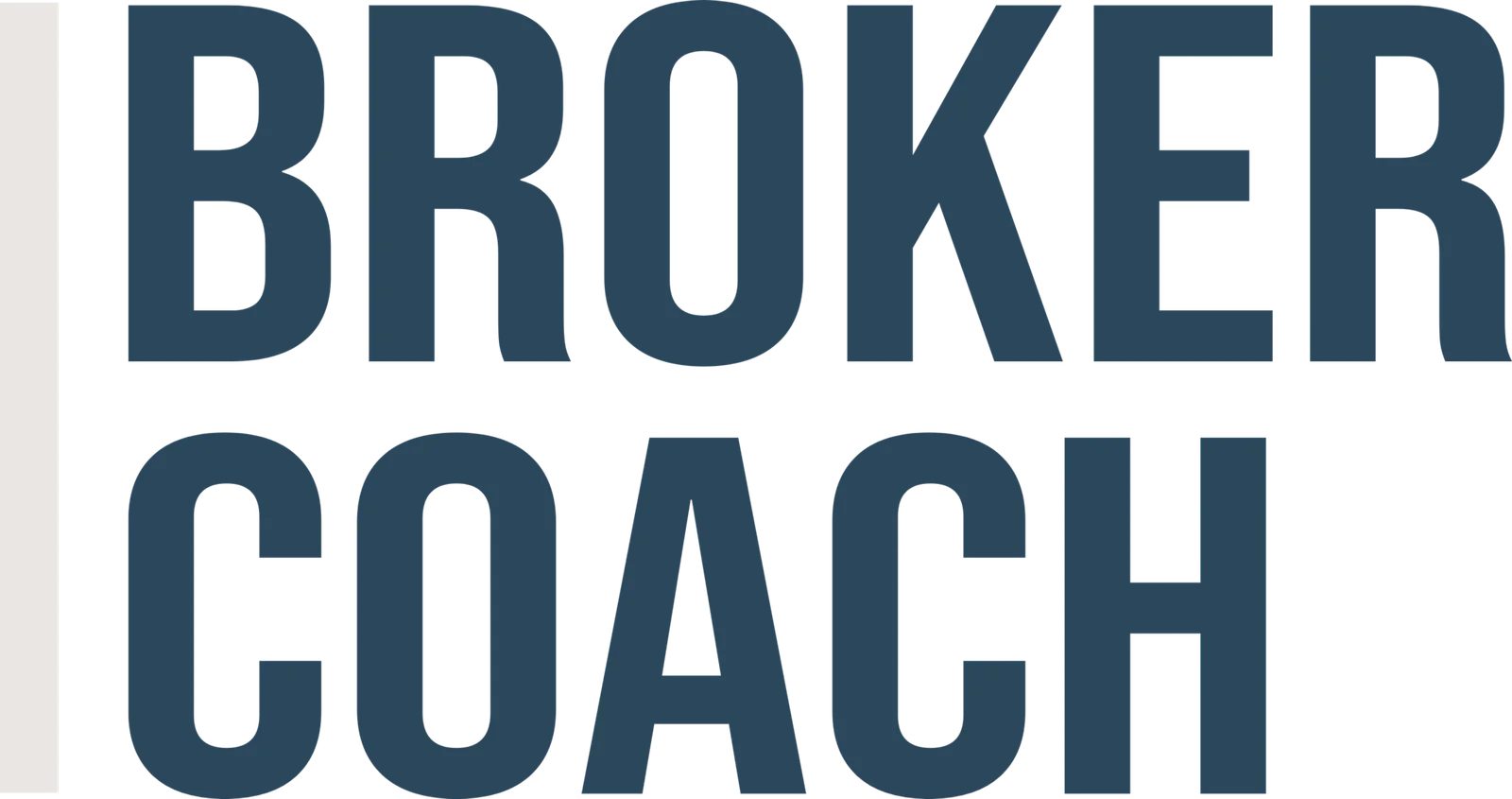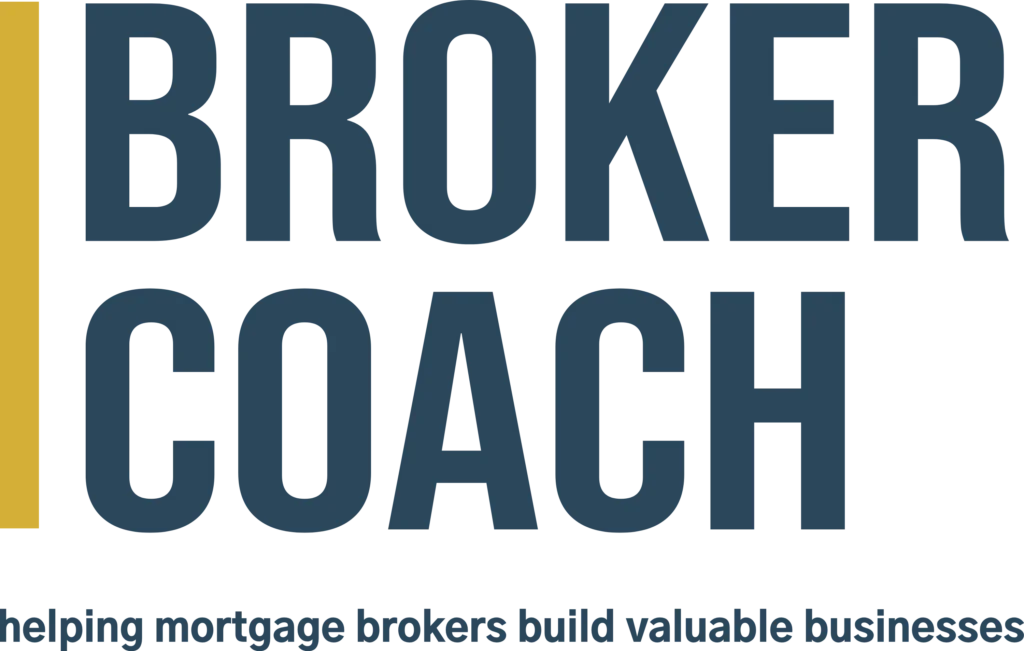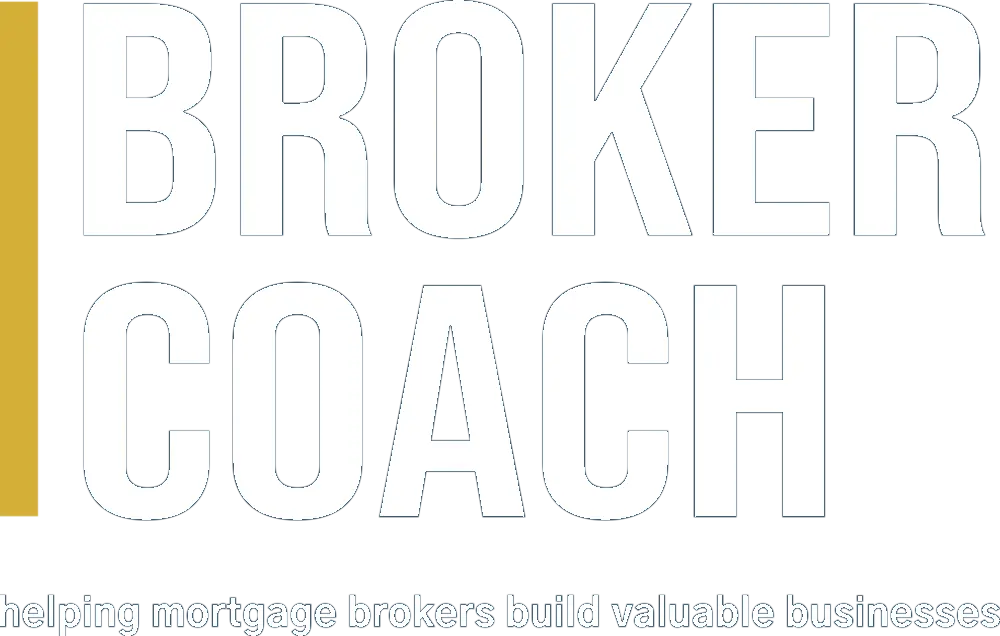If we’re pushing toward $5M, $8M, $10M a month in volume, onboarding can’t just be “something we’re across.” It has to run clean — consistent, high-touch for the client, and light-touch for us. That means we’re still the one owning the relationship, the education, the reassurance — but the heavy lifting behind the scenes is handled by our team.
What we’re aiming for is an onboarding experience that feels personal to the client without being built from scratch every time. We’ve built ours to deliver a five-star experience on the front end, while being systemised enough to survive real volume on the back.
Here’s how we’ve done it — and why it works. Much of what we refine in onboarding mirrors the lessons that come up in coaching for mortgage brokers — clarity, ownership, and a system that grows with the business.
Start With the Broker Where They Matter Most
At $2M a month, we’re probably still doing it all. But once we’re past that and heading toward $4M–$6M, we need to stop being the one chasing documents, prepping submissions, or uploading valuations. That doesn’t mean stepping back from the client — it means doubling down on the bits only we can do.
We’re still the one explaining valuations.
But we’re not the one ordering them.
We’re still leading the discovery, giving the client clarity, and mapping their path.
But we’re not emailing back and forth to check their payslips.
This is where the split happens — we hold the client-facing side, while the team handles the backend flow.
System First. Then Service.
We don’t want onboarding to rely on memory, inboxes, or “who’s across what.” We want every deal to move through a structured workflow that assigns tasks to the right person, with clear handoffs — so we’re not the air traffic controller for every file.
This is how we’ve structured it:
1. Map the Workflow
We laid out every step of the process — from first enquiry to loan submission — on a whiteboard.
We marked:
- Where things get stuck (internal pain points)
- Where clients tend to get confused or frustrated (external friction points)
- And most importantly: who is the responsible party for each step
This gave us full visibility and let us assign true ownership across the team.
2. Document the Steps
Next, we built out the written version. Each step now has:
- A description of what needs to be done
- What “done properly” looks like
- Who’s accountable
Example:
Step: Submission File Prep
Deliverable: Supporting docs validated and uploaded, lender selected, notes updated in CRM
Owner: Submissions Officer
This stops the “I thought someone else was doing that” issue cold.
3. Build It Into the CRM
Once the map and the doc were tight, we embedded everything into our CRM. Tasks are automatically created and assigned. No one’s waiting for an email or a Slack message — the system triggers what happens next, and who does it.
Now the file runs through the onboarding process like clockwork — and we only jump in when there’s real value to add.
We Don’t Rely on Google Reviews to Know What’s Not Working
Most of us won’t get negative public feedback. But we still know when something’s off. Maybe it’s a deal that dragged too long. Or a client who had to ask three times for the same update. Or a task that always gets missed on Fridays.
That’s where we diagnose internally — watching where things slip, where questions get repeated, and where tasks boomerang back to us.
Every few months, we take a beat, review the process, and tweak it. Small fixes that add up.
What the Onboarding Experience Feels Like for the Client
On their side, here’s what they experience:
- A clear intro from us on what happens next and what they need to do
- Prompt communication from our team with simple, helpful language
- Status updates at key milestones (submission, valuation, approval)
- No black holes, no chasing us, no “just checking in” emails
We keep our role focused on relationships and advice — they still feel like they’re dealing with us, even though the backend is all handled by the team.
Final Thought
We’re not building onboarding so it looks slick in a brochure. We’re building it so the client gets clarity and confidence — and we get our time back to do more of what actually grows the business.
- The broker handles the client.
- The team handles the file.
- The system holds it all together.
That’s what five-star looks like — not more effort, just smarter structure.


